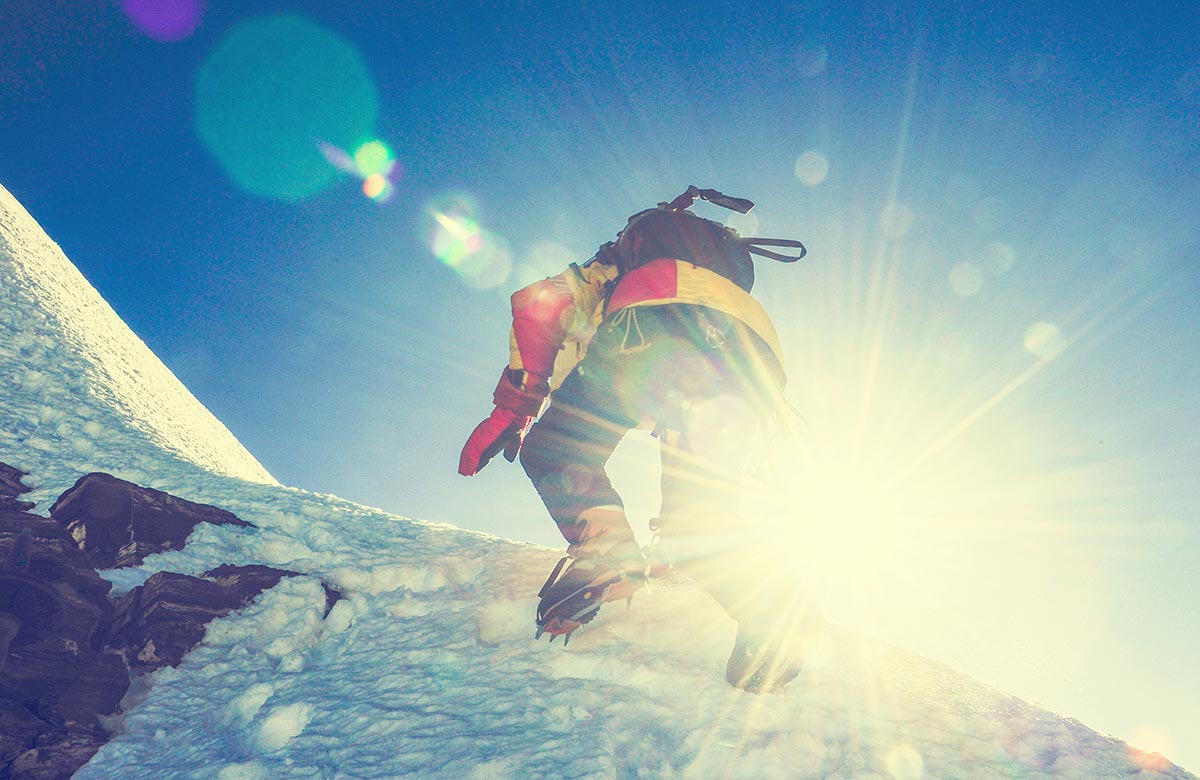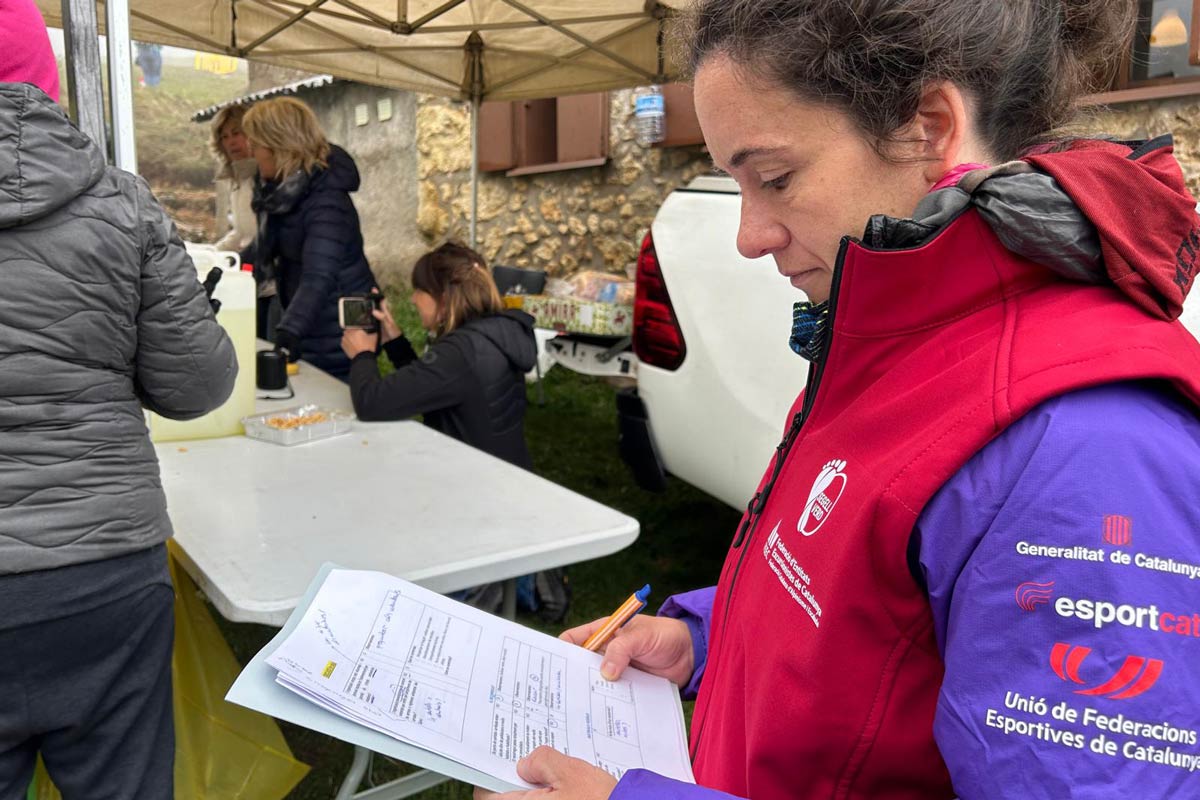Previous extracts from UIAA Medical Commission papers have provided information on a diverse array of high-altitude topics such as nutritional considerations in mountaineering, dealing with eye problems, water disinfection and emergency field management of acute mountains sickness. The focus of this article is on an advice paper for people with pre-existing medical conditions. It was published in 2008 by J.S Milledge & T. Küpper and is available in English, Czech, German, Italian, Japanese and Russian.
With an ever-increasing number of people taking holidays at altitude, whether they be young or old, that in turn means more people will be participating in mountain activities who are suffering with chronic medical conditions. As such, those travelling to remote mountainous areas require information on self-care in order to be able to enjoy their activities in a safe manner.
An important consideration for those travelling to areas at altitude is that oxygen is inhaled at a lower pressure than at sea level, putting more strain on the body, which for individuals suffering with chronic conditions, particularly those of the cardio-respiratory system is likely to affect performance. Given that many of the great ranges are situated in under developed countries meaning that medical aid may be uncertain, while those with gastro-intestinal problems may be more at risk.
The paper focuses on a number of specific conditions, ranging from respiratory conditions such as chronic bronchitis and other lung conditions, hypertension, endocrine disorders like diabetes (please also refer to the recently published UIAA MedCom paper on this subject) along with blood disorders such as anaemia. The paper provides practical advice for those suffering from conditions before travelling as well as how to manage them should problems arise whilst being able to enjoy their activities. Please note a number of topics addressed in this paper have seen become the subject of more specific and extensive advice papers.
Despite these concerns, many people with pre-existing conditions are able to fully participate and gain the most out of their holiday. However, it remains important to assess one’s situation realistically, take advice and be honest with oneself and to those you are travelling with in order to do so.
The full paper – including links to appendices and footnotes – can be downloaded here.
This is the latest extract from a series profiling the UIAA’s renowned high-altitude medical papers. To discover more please click here.
Already published:
#1 Nutritional considerations in mountaineering
#2 Children at Altitude
#3 Mountain activities for people with pre-existing cardiovascular conditions
#4 Avoiding the perils of Kilimanjaro
#5 What you need to know about water disinfection in the mountains
#6 Advice for Gap Year Explorers. How to Check The Quality of a Commercially Organised Trek or Expedition
#7 Dealing with Eye Problems in Expeditions
#8 A Guide on When and How to Use Portable Hyperbaric Chambers
#9 Golden Rules for Novice Climbers
#10 Advice for Women going to Altitude
#11 Advantages and Disadvantages of Using Walking Sticks in the Mountains
#12 Emergency Field Management of ACS, HAPE and HACE
#13 Diabetes



